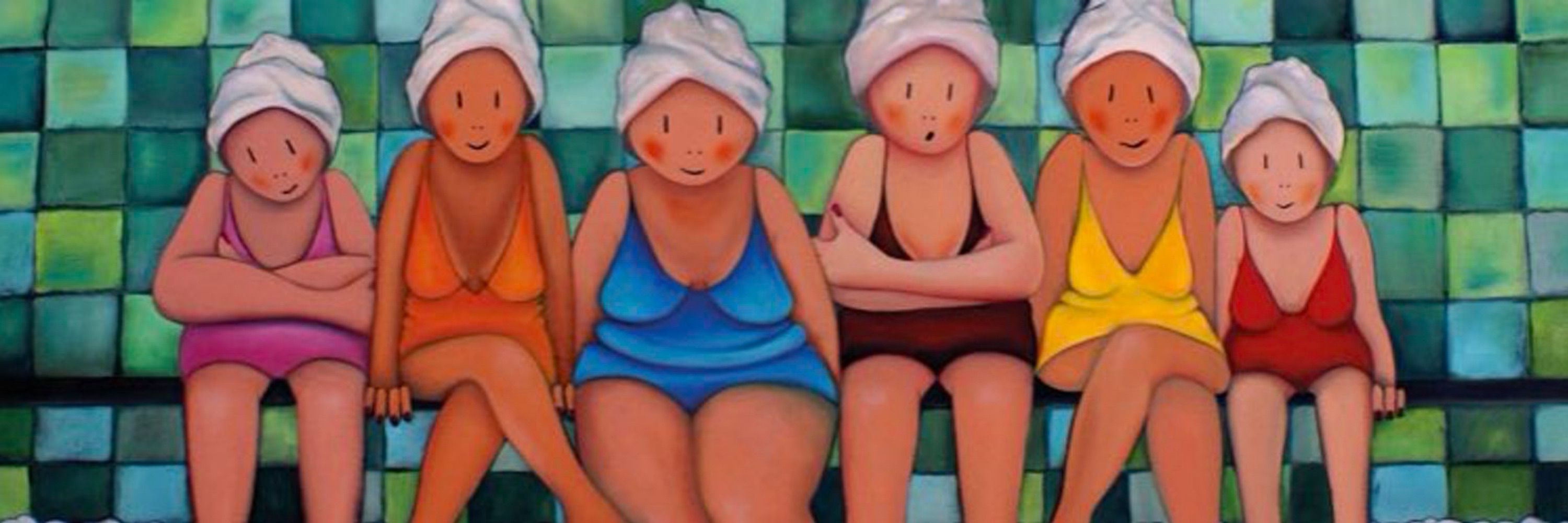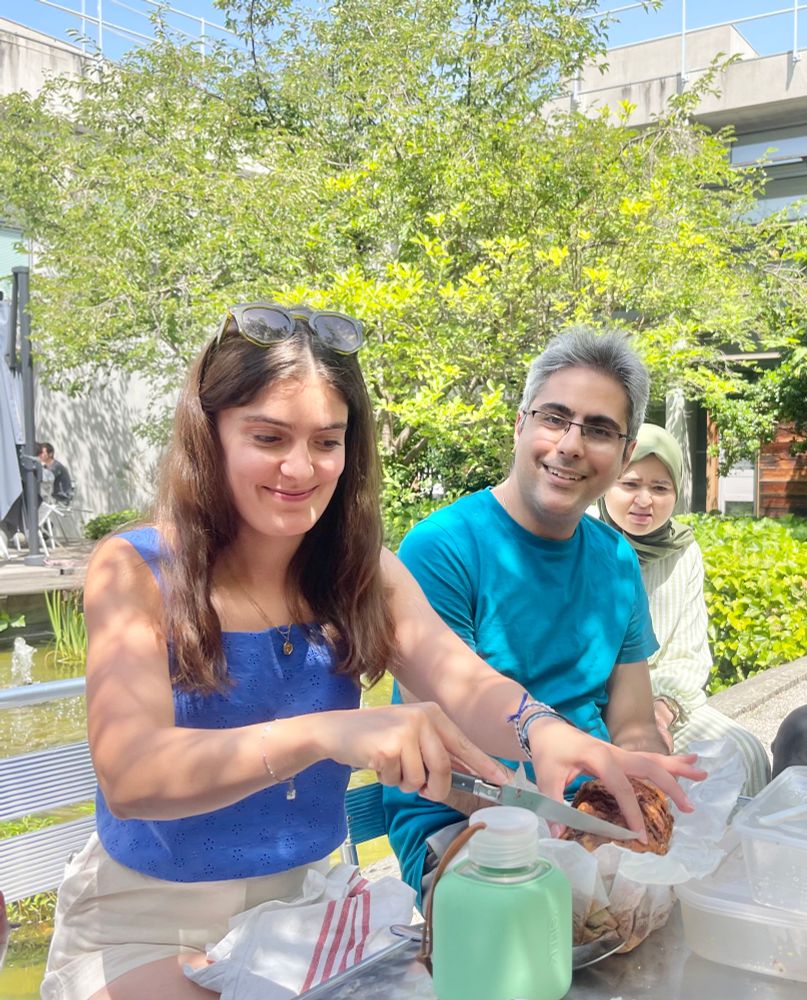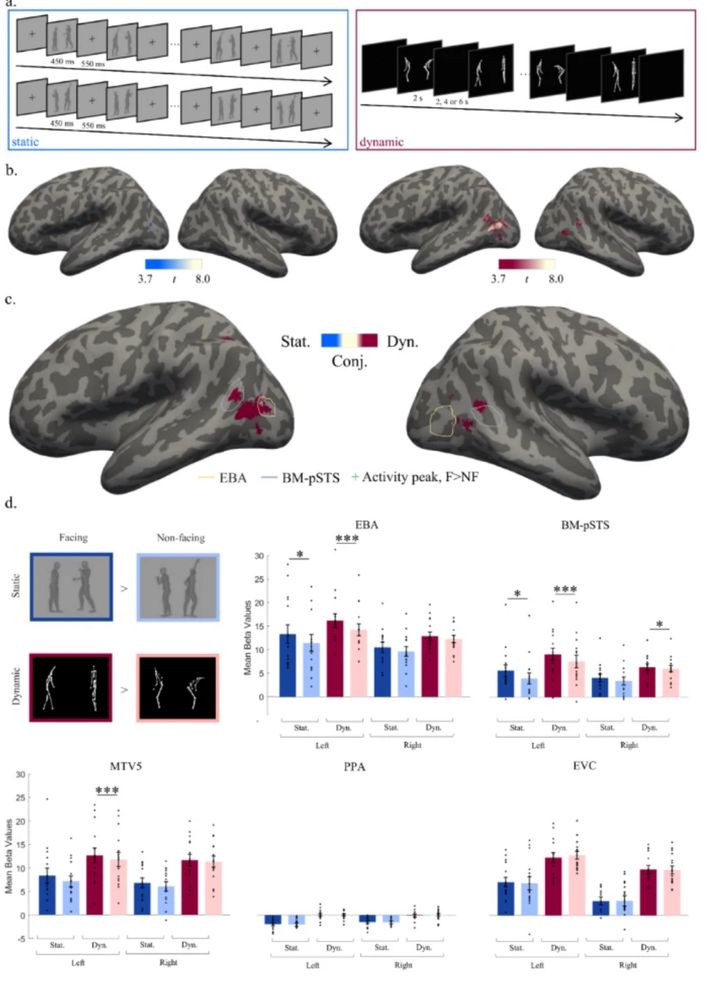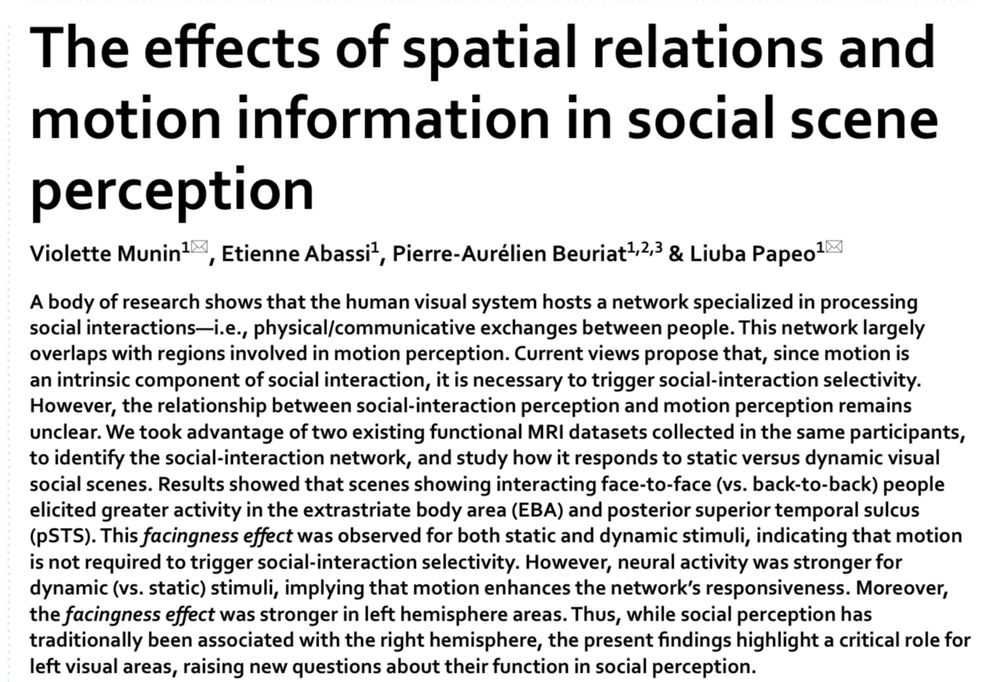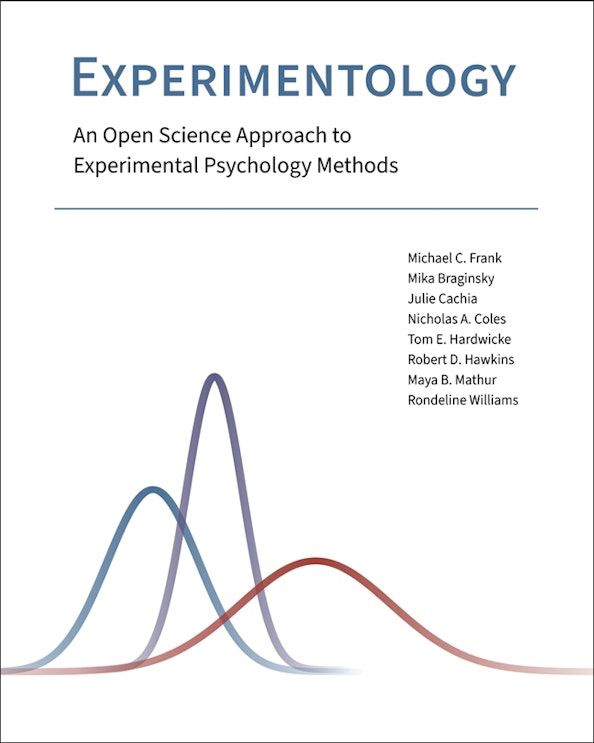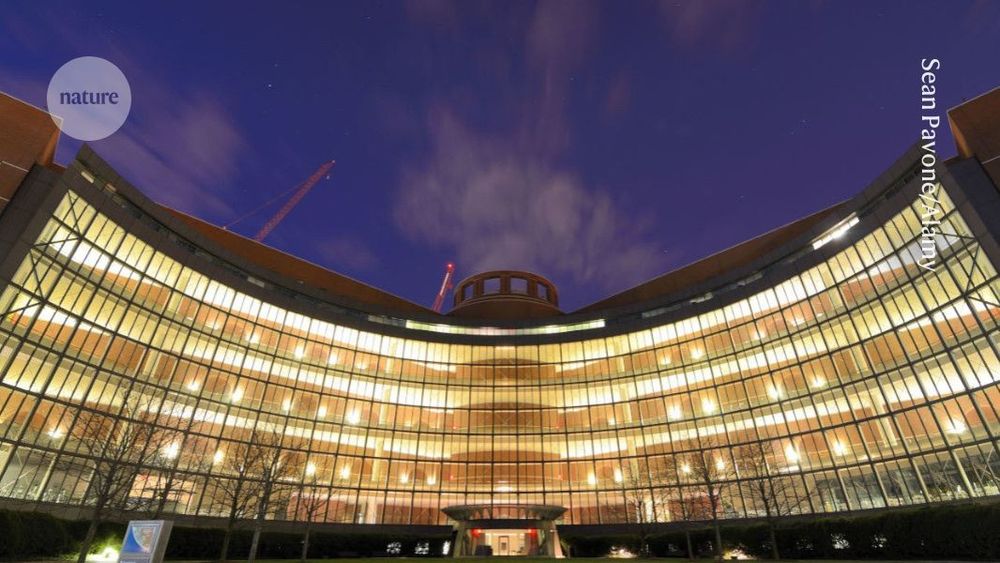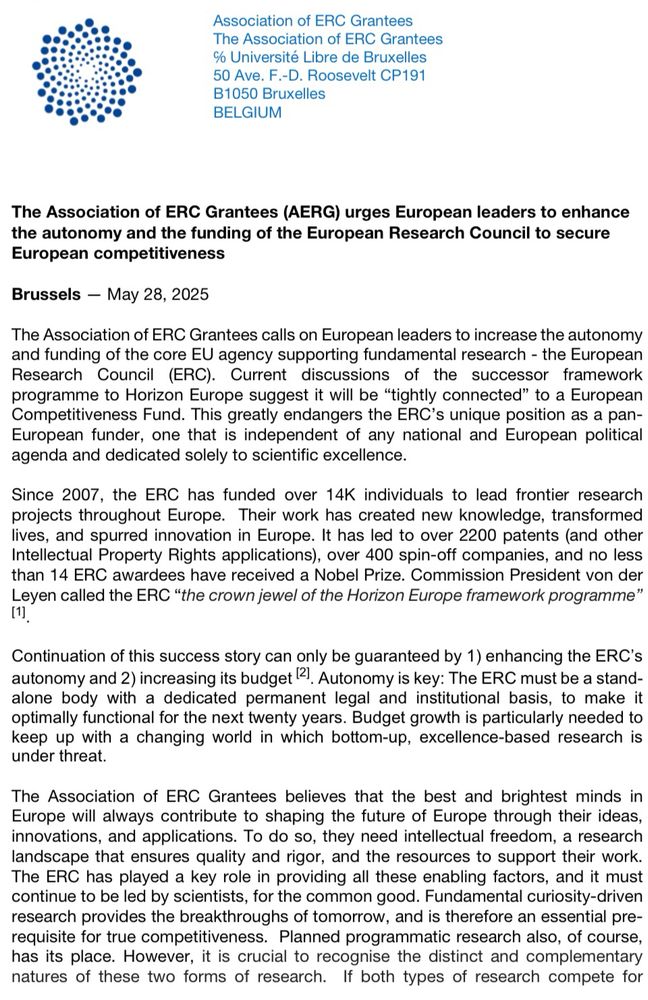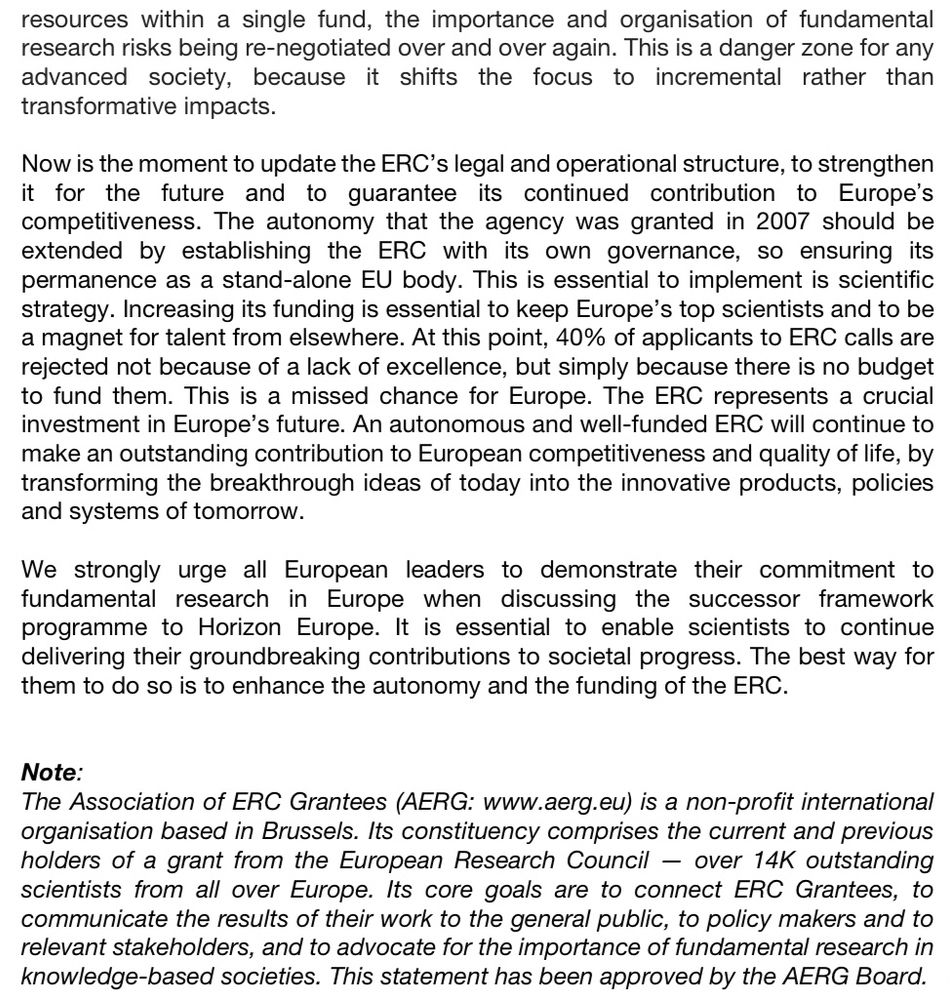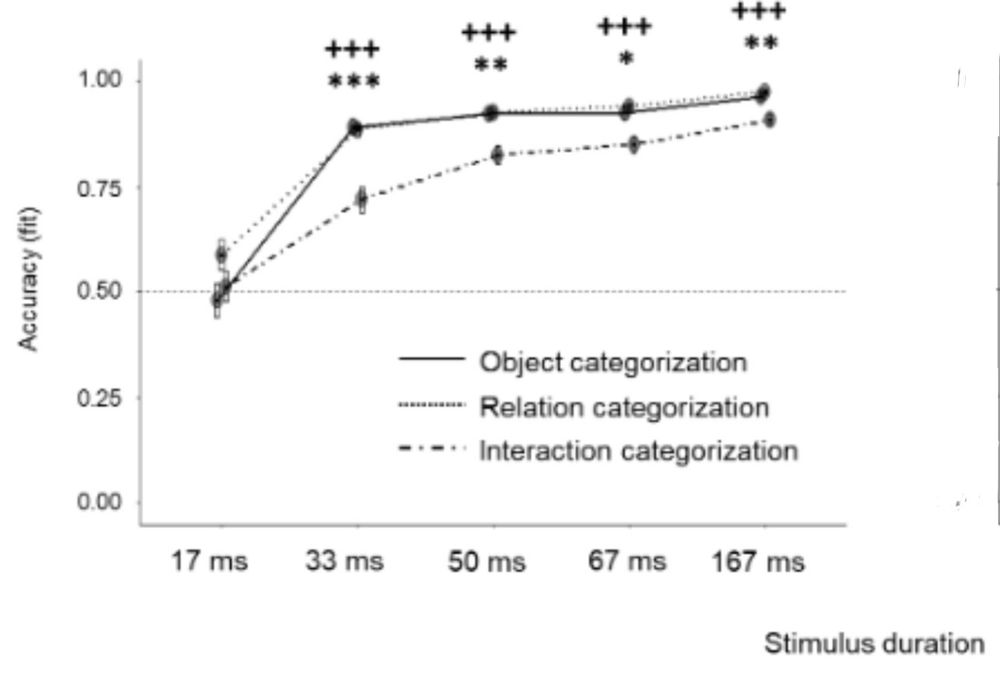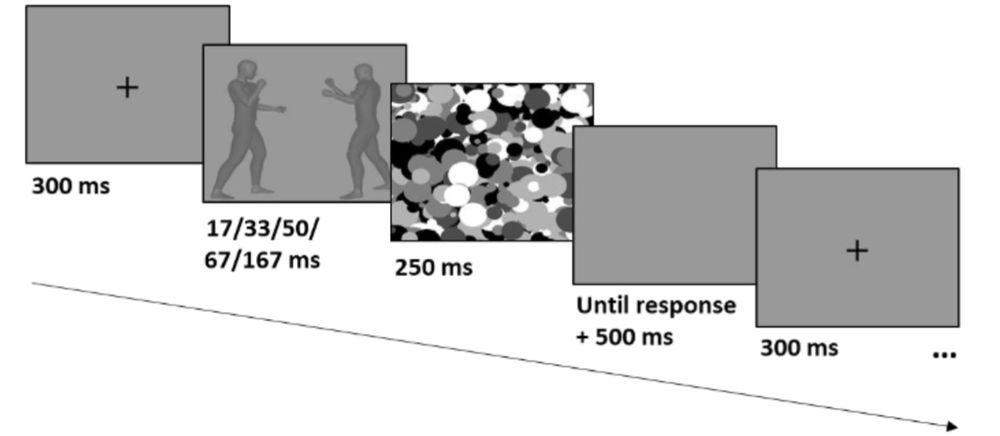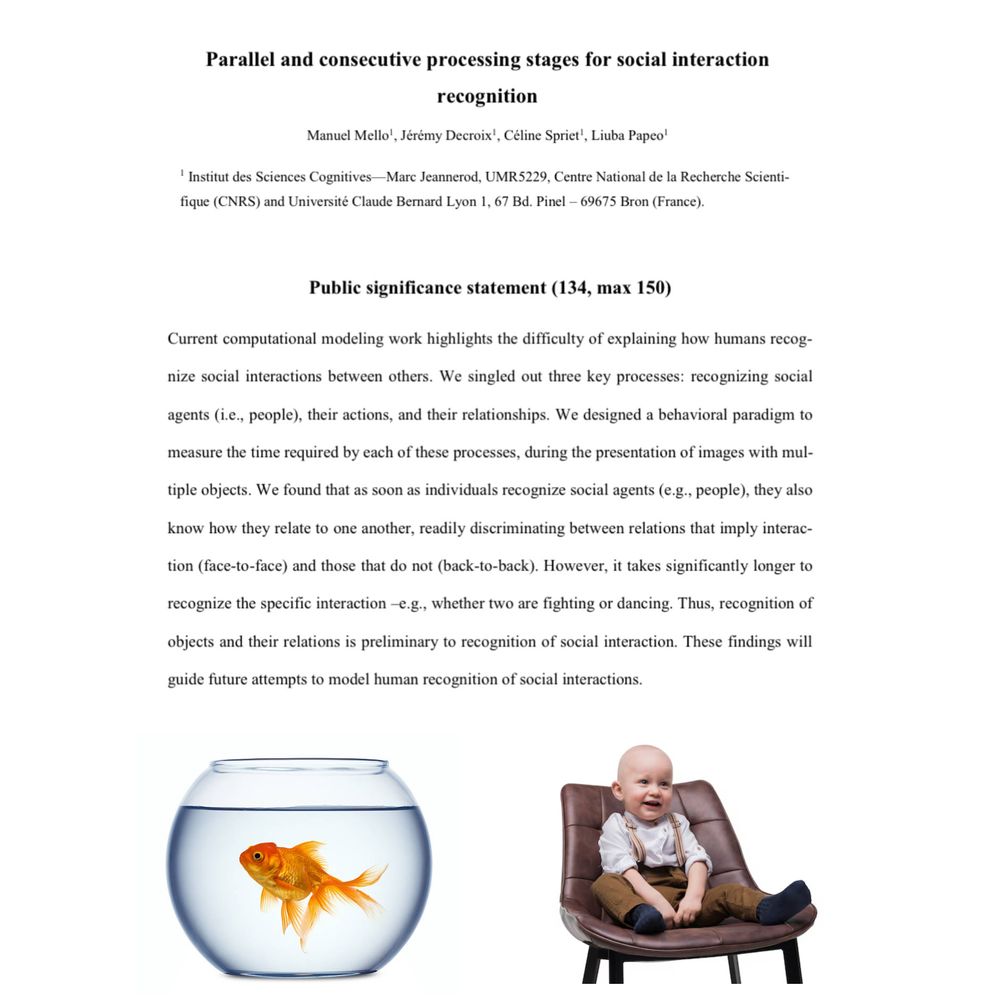Liuba Papeo
@ljubapi.bsky.social
1.4K followers
770 following
170 posts
Neuroscientist @CNRS | @ERCgrantees | interested in how humans perceive humans and understand their actions and interactions | in literature fiction and fashion 🍸
Posts
Media
Videos
Starter Packs
Reposted by Liuba Papeo
Reposted by Liuba Papeo
Reposted by Liuba Papeo
Xinchi Yu
@xinchiyu.bsky.social
· Jul 29
Liuba Papeo
@ljubapi.bsky.social
· Jul 17
Liuba Papeo
@ljubapi.bsky.social
· Jul 17
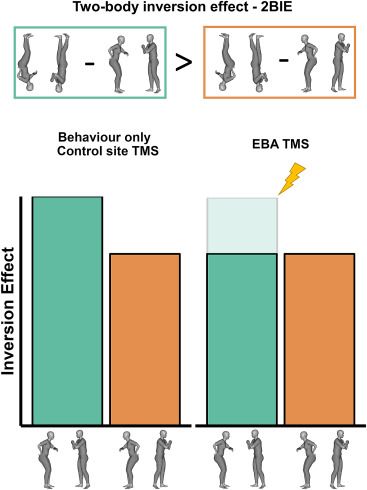
Converging evidence that left extrastriate body area supports visual sensitivity to social interactions
Gandolfo et al. use a combination of correlational (fMRI) and causal (TMS) methods
to show that activity in the left extrastriate body area (lEBA) is required to efficiently
perceive face-to-face huma...
www.cell.com
Reposted by Liuba Papeo
Liuba Papeo
@ljubapi.bsky.social
· Jun 12
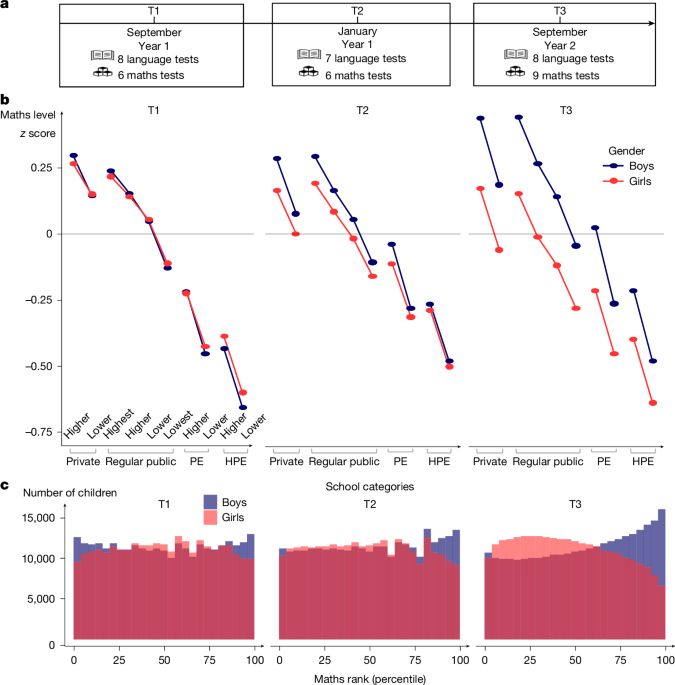
Rapid emergence of a maths gender gap in first grade - Nature
Boys and girls exhibit very similar maths scores upon school entry, but a gender gap in favour of boys becomes highly significant after 4 months of schooling, which increases with years of schooling,&...
www.nature.com
Reposted by Liuba Papeo
Liuba Papeo
@ljubapi.bsky.social
· May 21
Liuba Papeo
@ljubapi.bsky.social
· May 21
Liuba Papeo
@ljubapi.bsky.social
· May 21
Liuba Papeo
@ljubapi.bsky.social
· May 21
